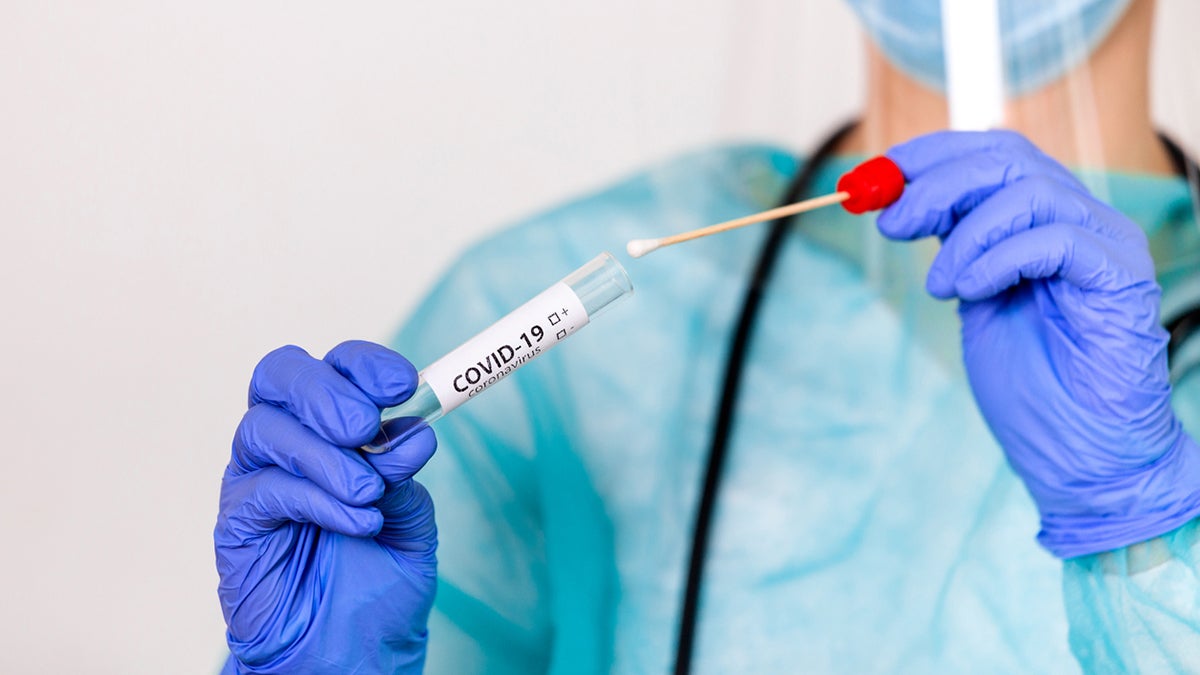Office Hours: Shiliang (John) Cui Explores How COVID-19 Testing Can Be Incentivized

As COVID-19 cases surge across the country, testing facilities are experiencing longer wait times, which may be discouraging individuals from getting tested. In his recent paper, Design of COVID-19 Testing Queues, Shiliang (John) Cui, associate professor of operations and information management, explores if testing facilities should set scheduling and pricing policies to incentivize individuals to test. Along with his co-authors, Zhongbin Wang, professor, Nankai University, and Luyi Yang, assistant professor, University of California, Berkeley, Cui identifies an optimal strategy that can provide actionable guidance for how testing facilities can catch the most cases of infection.
Does making testing free identify most positive cases?
The short answer is: it depends. Intuitively, making testing free attracts the most number of testees. However, the probability of carrying the virus is not the same for everyone. For example, people who are noticeably sick are more likely to carry the virus than people who do not have symptoms. Therefore, testing 200 asymptomatic people may actually identify fewer cases, as compared to testing 50 symptomatic people.
In an ideal world, we should test everybody so that all the positive cases can be identified. In reality, with limited testing capacity and lack of incentives for people to get tested, we should first make sure we test all the highly suspected individuals. When there is more capacity, we also want to test the asymptomatic people who have been in close contact with a confirmed case.
When test demand is high and lines are longer, it often discourages individuals from getting tested. How can testing facilities adapt scheduling and pricing policies to incentivize testing?
The optimal scheduling and pricing policies depend on the ratio of testing demand and capacity. When there is a surging demand compared to capacity, we need to block the testing capacity for the highly suspected cases. That is, we do not want the asymptomatic cases to crowd out the people who are actually sick.
In terms of scheduling, we can prioritize testing for anyone who has a doctor’s note that confirms their symptoms. If we stick to maintaining the first-come-first-serve discipline, then we can temporarily raise the testing price to discourage the asymptomatic cases from getting tested until we have more testing capacity. When the testing capacity is abundant, we also want to test the asymptomatic cases (in addition to the ones with symptoms) so that we can consider giving these asymptomatic people priorities in line as they are less motivated to seek a test than those who suffer from symptoms.
What are the trends in testing that we have been seeing with the ebbs and flows of coronavirus cases?
It is safe to say that all the governments around the world are working hard to improve testing capacities. After all, in the absence of a valid vaccine or treatment, testing (together with self-isolation and contact tracing) is a key to contain the spread of COVID-19. In many U.S. public sites, testing is often done on a first-come-first-serve basis. However, in France, we are seeing priority testing being practiced. Additionally, several countries have experimented with group testing by mixing 5 to 50 samples in a group. If any mixed sample tests positive, then there will be a second round to identify the individual sample(s) that contain the virus. This is only an efficient strategy when the levels of infection are low.
Can COVID-19 testing be incentivized in other ways? If so, how?
For people who go to work or travel, companies or countries can make it mandatory for them to get tested. For others, economists have thought about giving people a stipend to get tested, but it can be unrealistic and runs the risk of getting the “wrong” people tested. My co-authors and I think that changing the testing schedules, priorities, and pricing have great potential.
